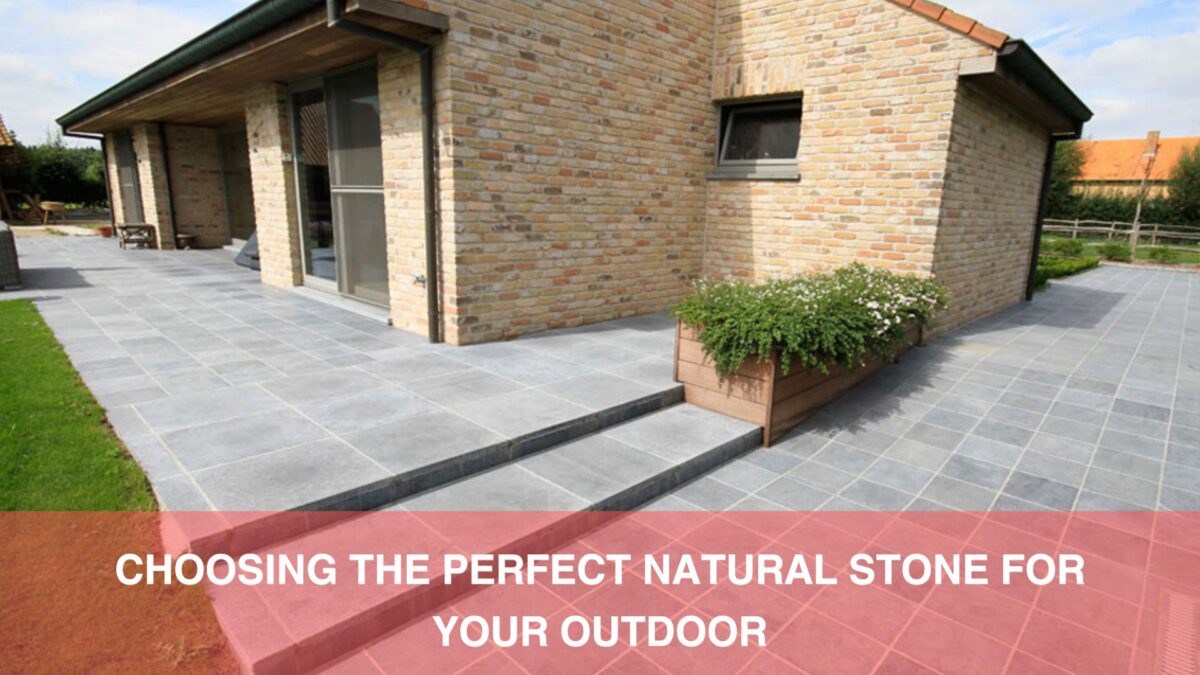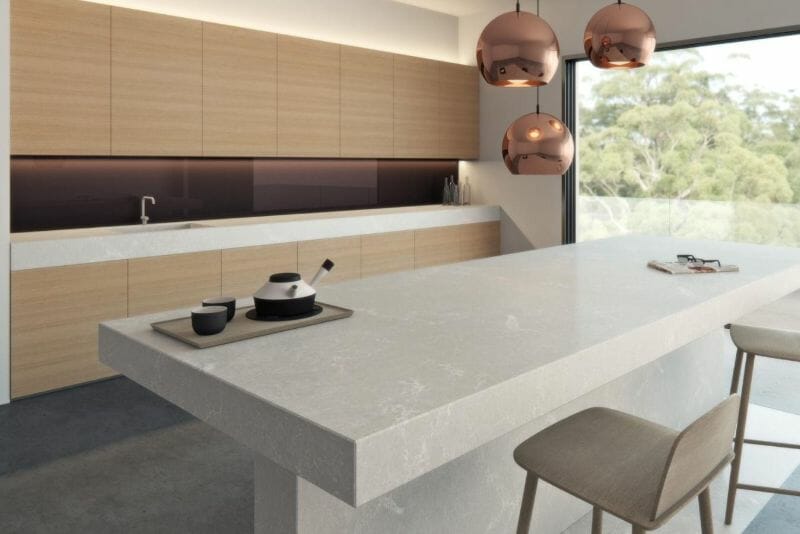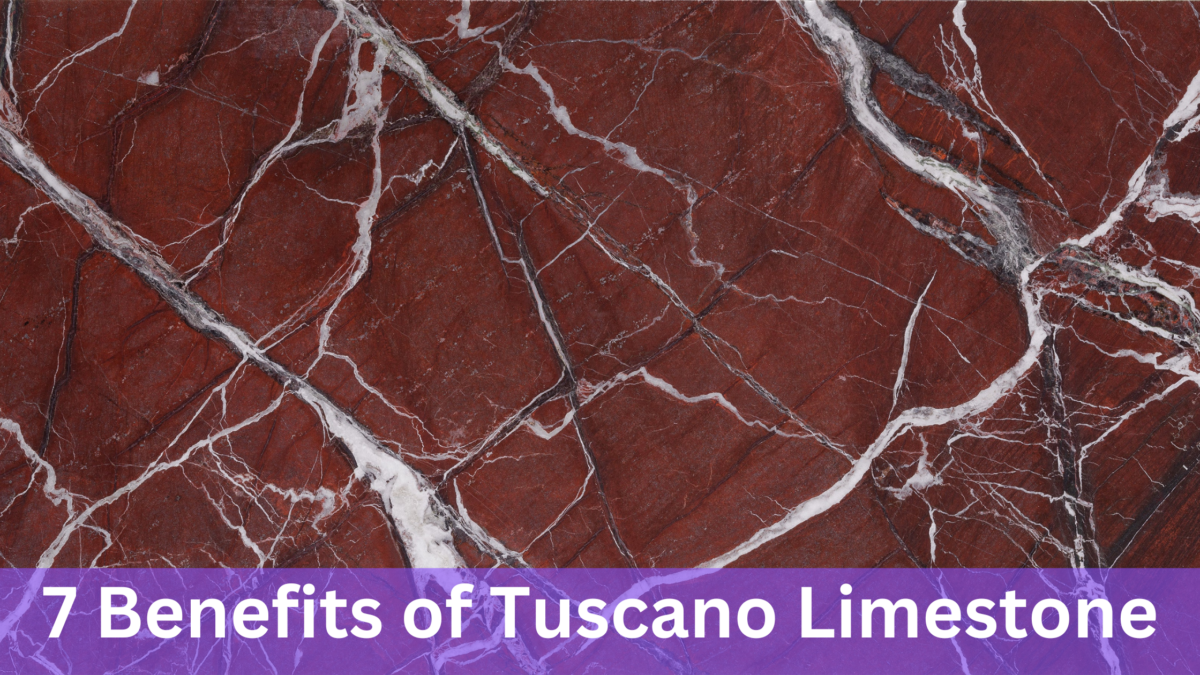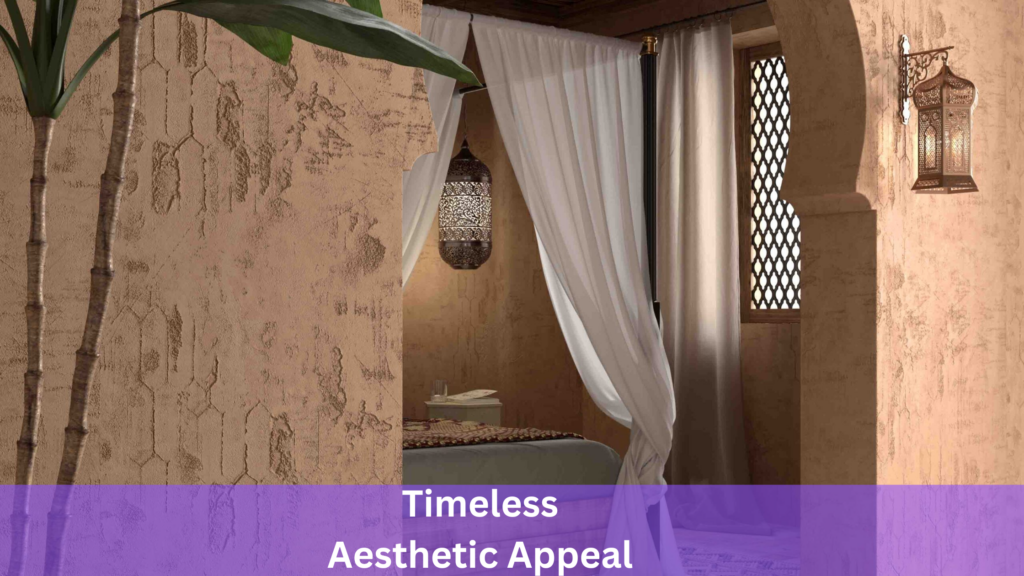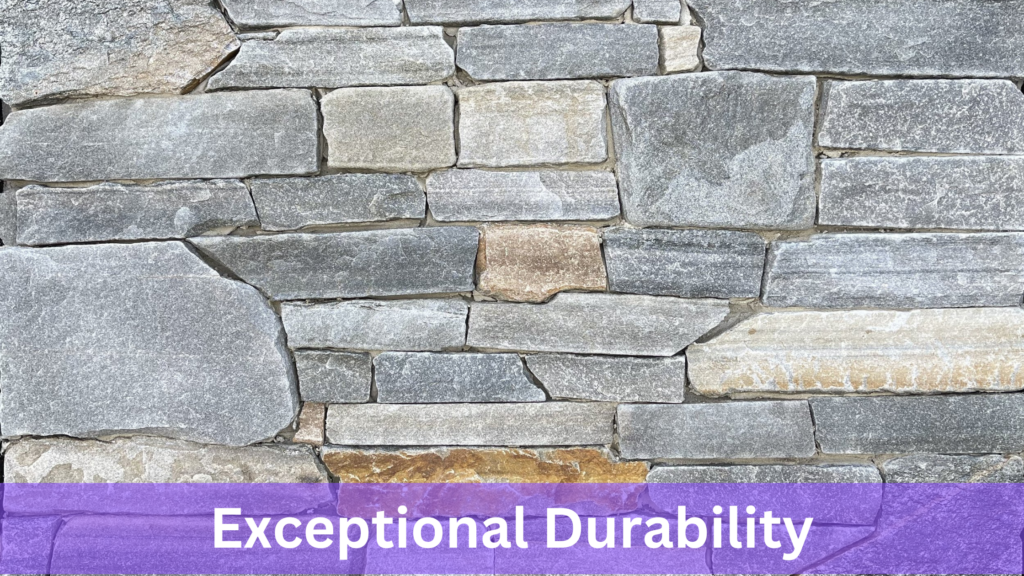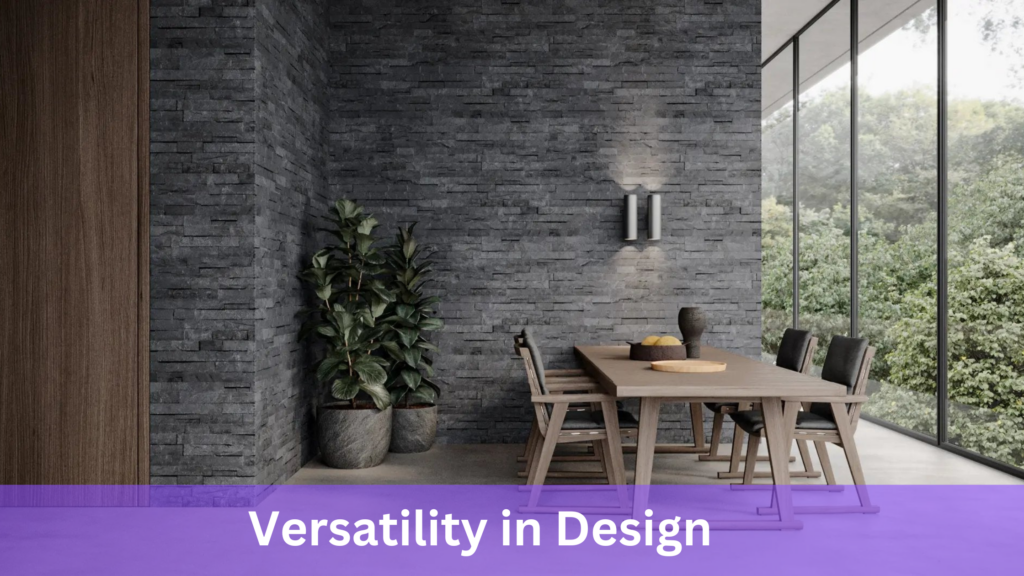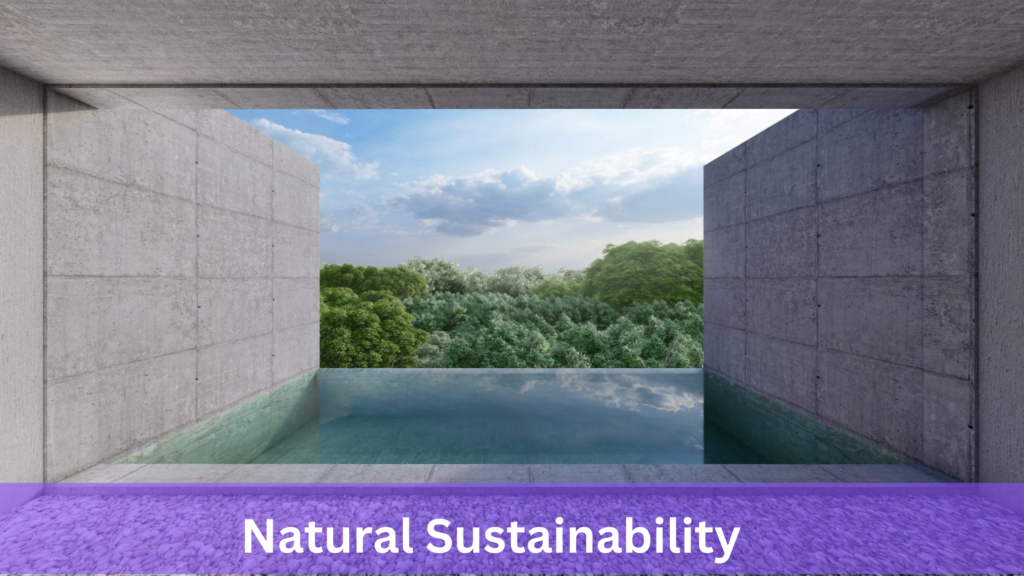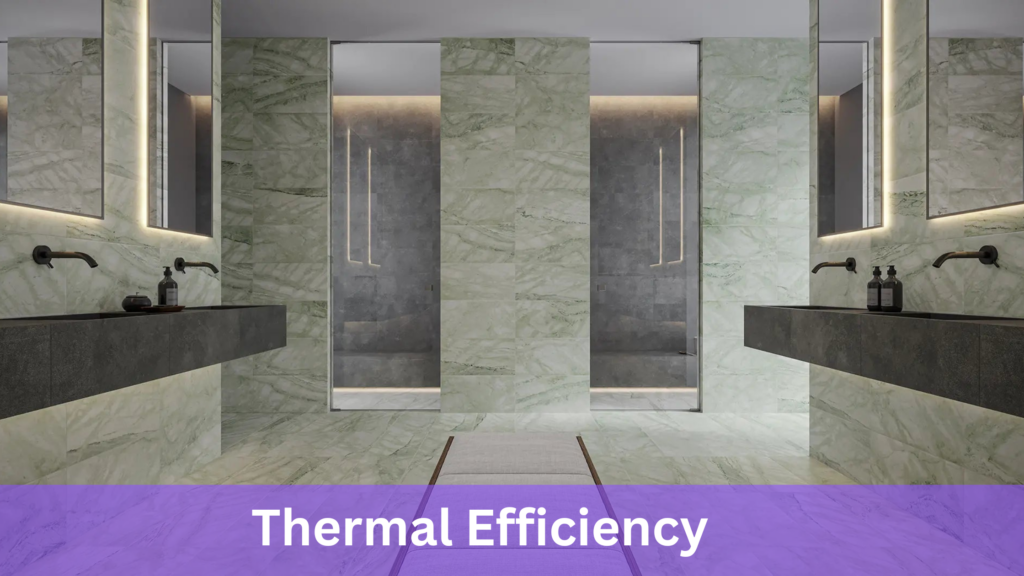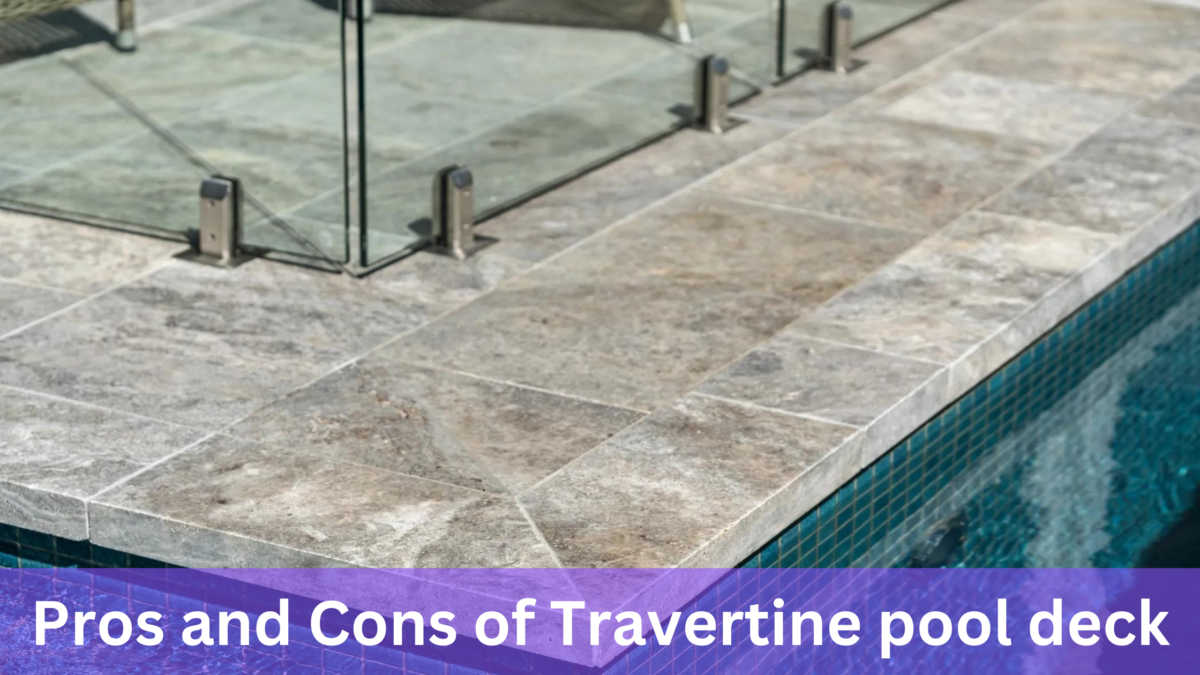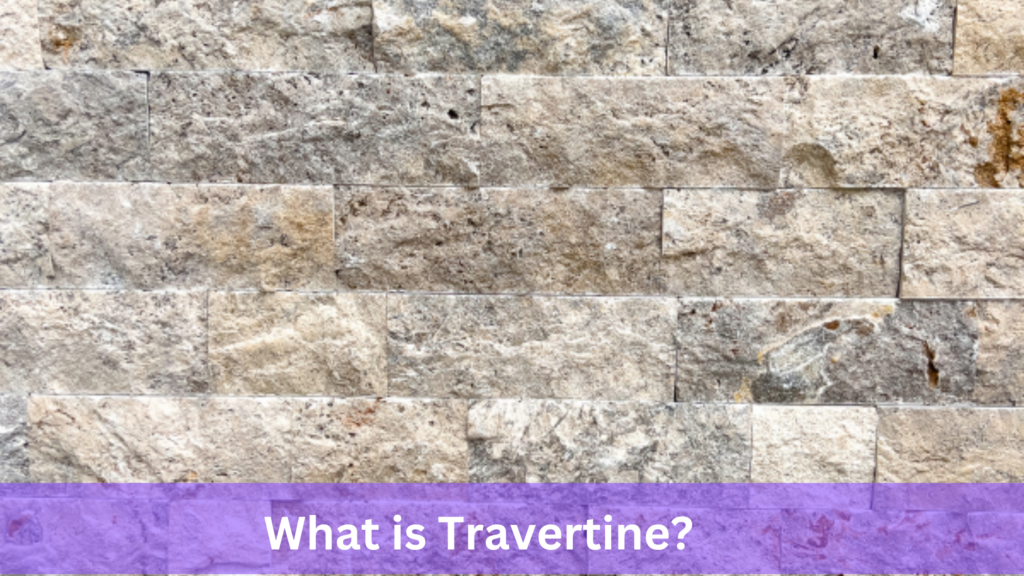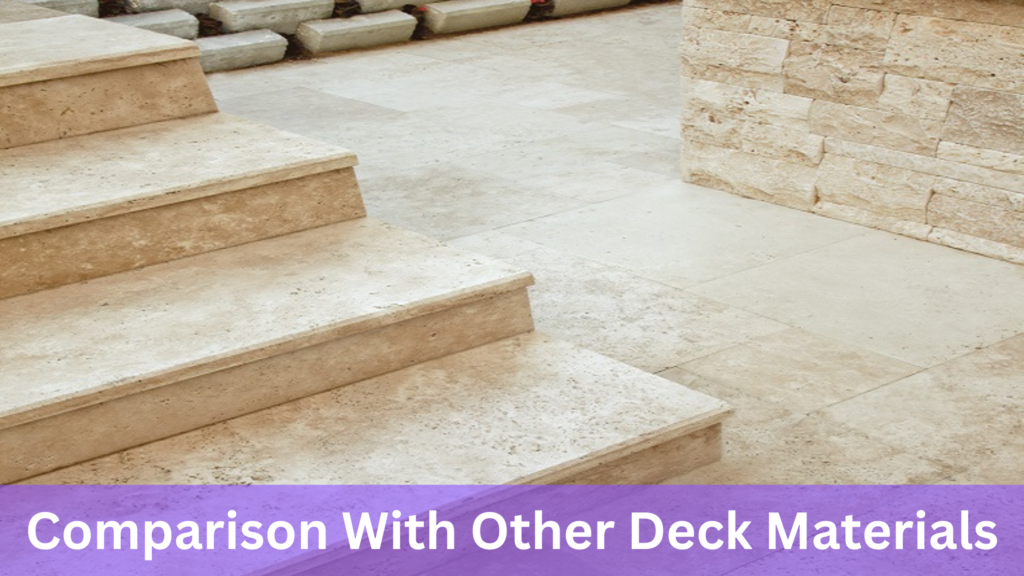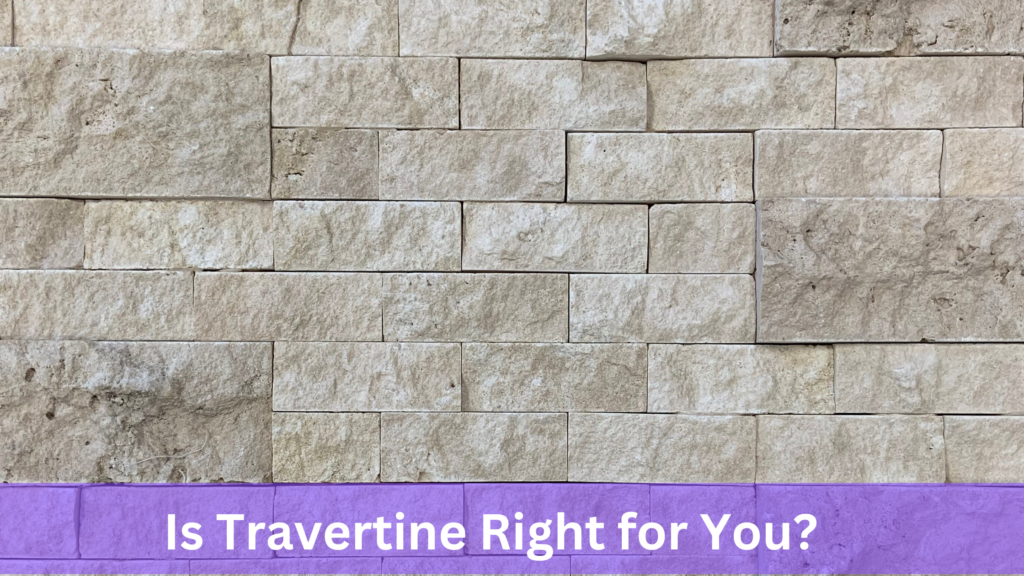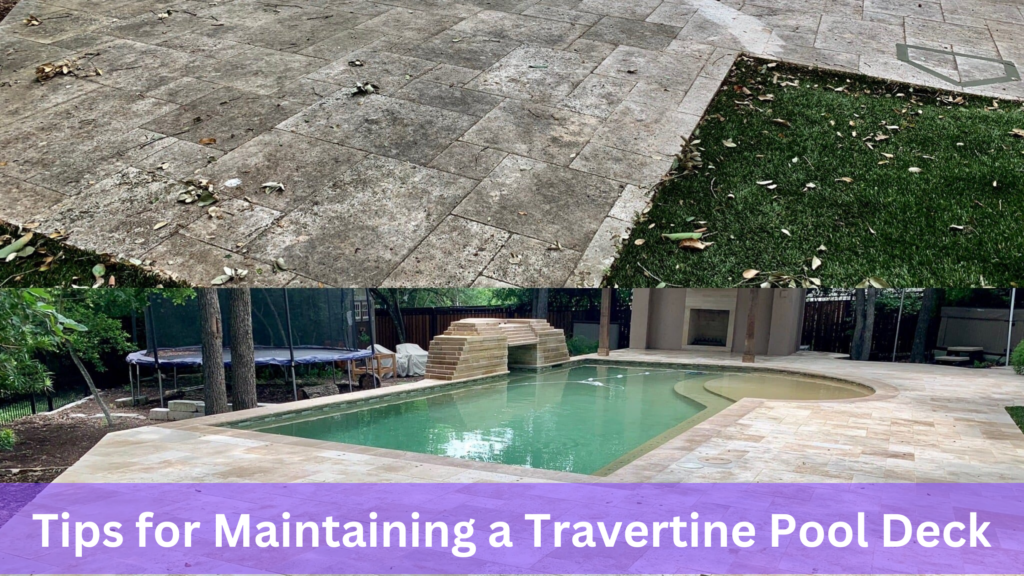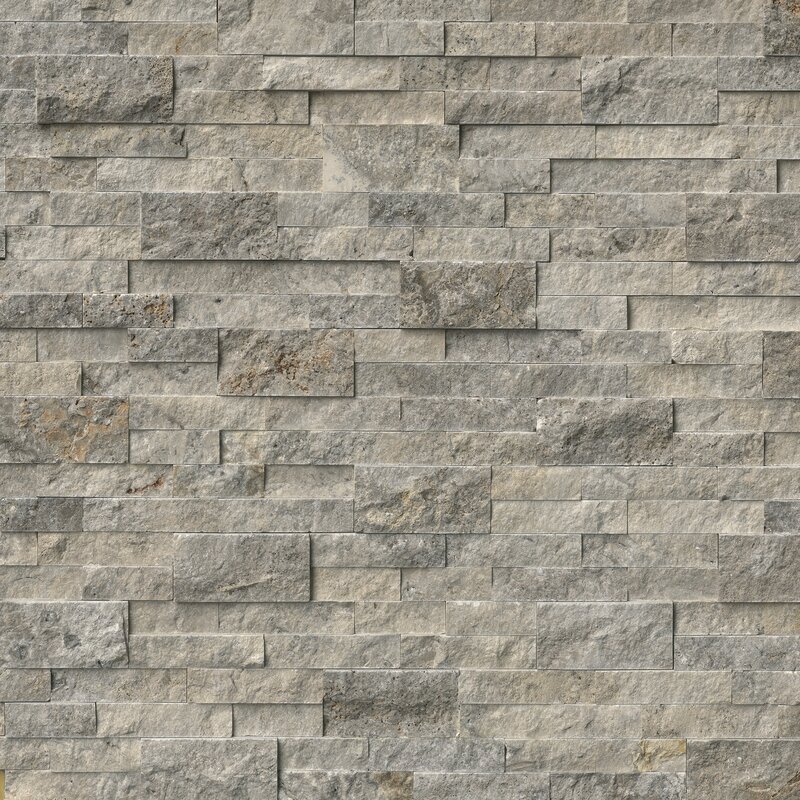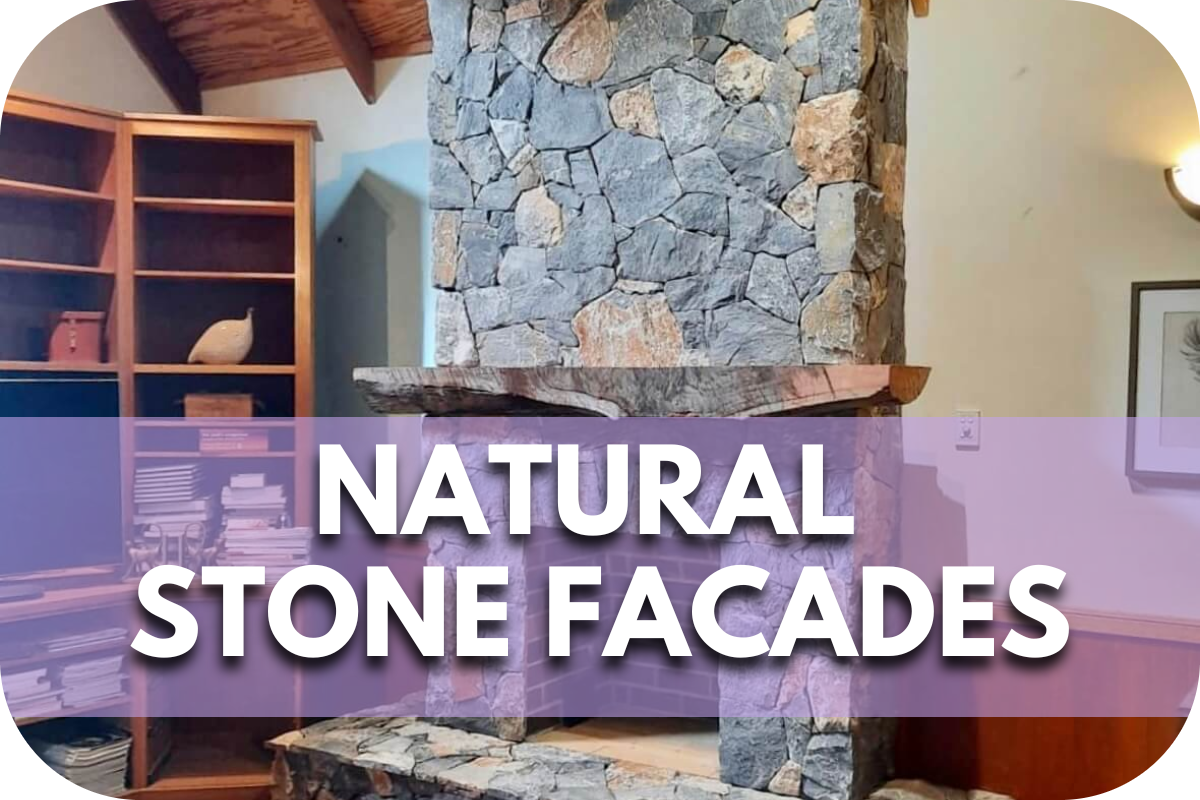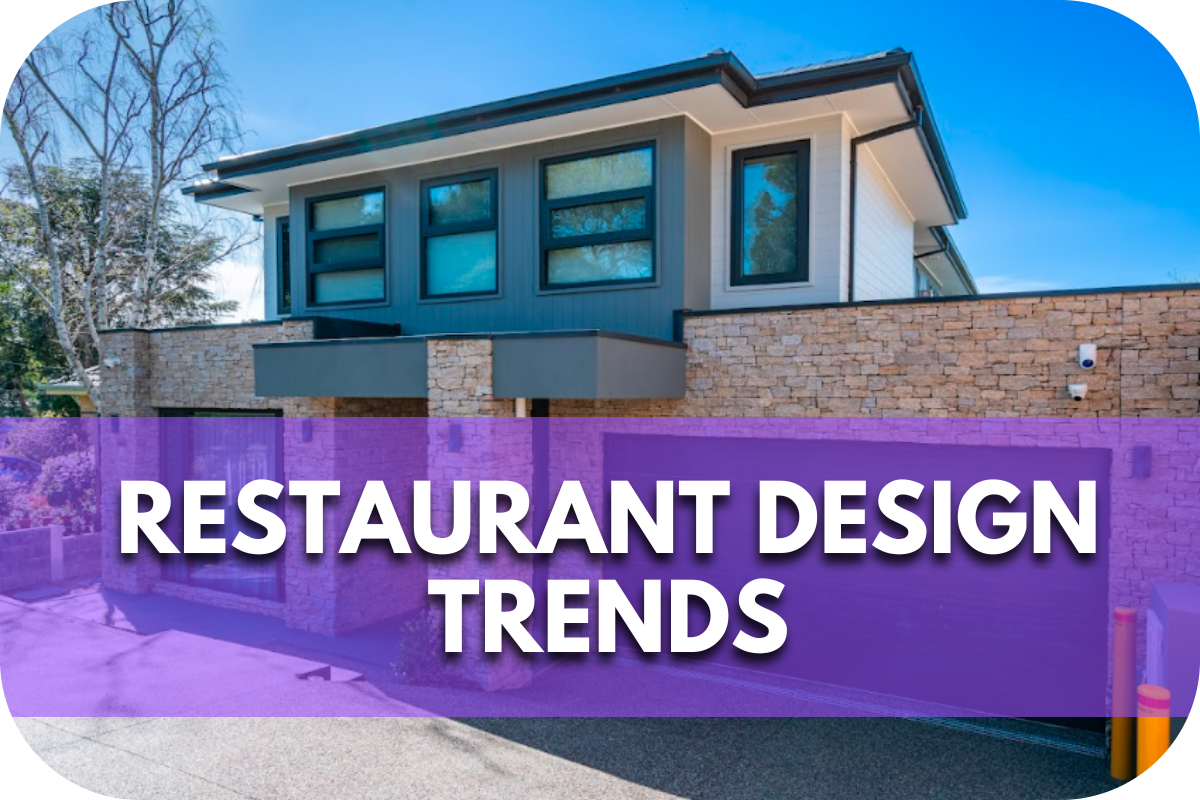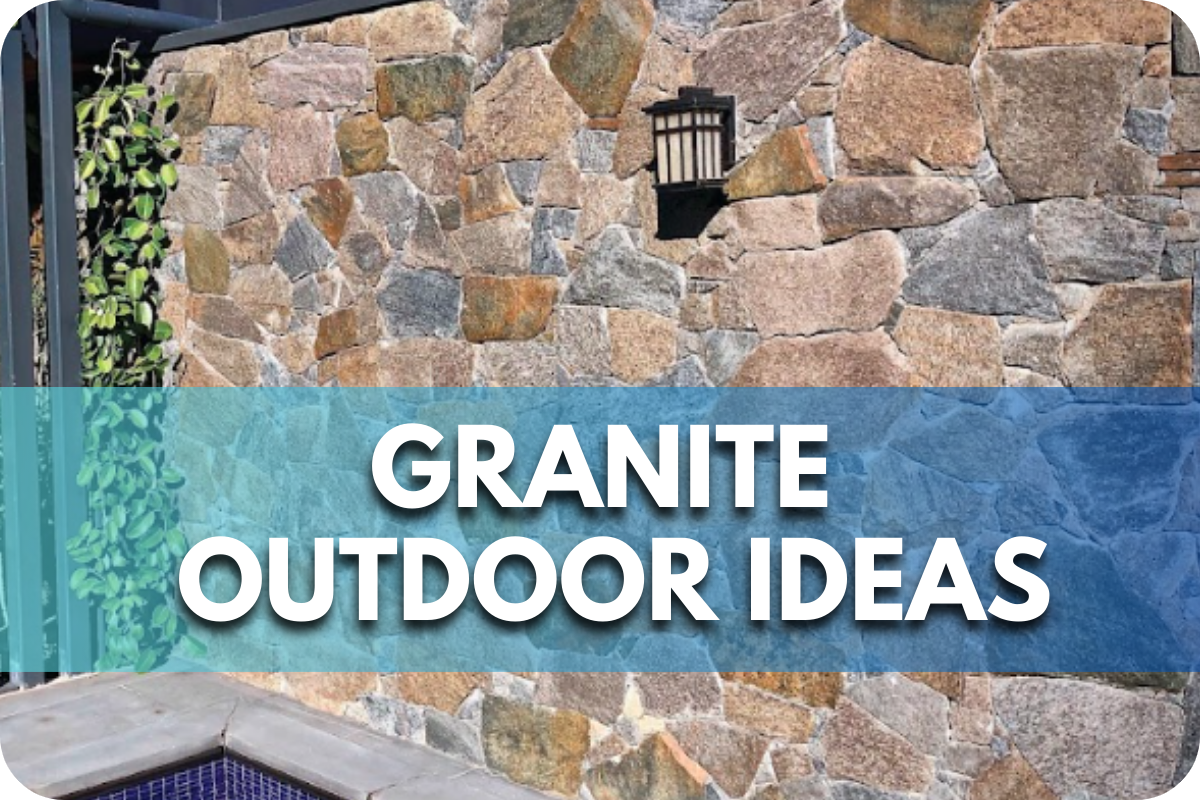6 Benefits of Quartzite Pavers You Cannot Miss
Do you need help finding durable, attractive pavers that withstand harsh outdoor elements?
Many homeowners invest in subpar materials that fade, crack, or don’t hold up over time, leading to costly replacements and repairs.
Discover the exceptional benefits of quartzite pavers. Quartzite pavers are a must-have for any outdoor space with their unmatched durability, natural beauty, and resistance to the elements. Explore these 6 benefits to see why quartzite should be your top choice.
1. Exceptional Durability
Quartzite pavers are renowned for their exceptional durability, making them an ideal choice for various outdoor projects. One of their most notable features is their high resistance to wear and tear.
Quartzite maintains its integrity even under constant use, unlike other materials that may crack, chip, or degrade over time. This resilience is particularly beneficial in high-traffic areas such as walkways, driveways, and patios, where the pavers must withstand heavy foot traffic and vehicle loads without showing signs of damage.
The natural hardness of quartzite contributes to its longevity. It is one of the most challenging natural stones available, surpassing even granite in strength. This makes quartzite pavers an excellent investment, requiring minimal maintenance and repairs over the years.
Additionally, quartzite is weather-resistant, ensuring it can endure harsh outdoor conditions, including extreme temperatures and moisture. This weather resistance means that quartzite pavers will retain their beauty and functionality for decades, making them a reliable choice for residential and commercial applications.
2. Natural Beauty
Quartzite pavers are celebrated for their natural beauty, characterised by unique and vibrant colour variations.
Unlike manufactured materials, each quartzite paver has distinct patterns and hues, ranging from subtle whites and greys to rich blues, greens, and gold. This diversity in colour and texture allows for highly customizable designs, making creating visually stunning outdoor spaces that reflect individual style preferences easy.
The inherent aesthetic appeal of quartzite pavers significantly enhances the look of any outdoor area.
Quartzite’s elegant and sophisticated appearance adds a touch of luxury and refinement, whether used for patios, pathways, or pool surrounds. Its natural variations ensure that no two installations are alike, providing a one-of-a-kind look that elevates the overall ambience of the space.
Moreover, quartzite’s ability to retain its colour over time, even when exposed to the elements, ensures that the beauty of your outdoor spaces remains intact for years.
Quartzite maintains its vibrant appearance, unlike some materials that may fade or discolour, offering a timeless appeal. This longevity in aesthetics, combined with its unique visual characteristics, makes quartzite pavers a preferred choice for those looking to enhance their outdoor environments with natural elegance and enduring charm.
3. Low Maintenance
One of the most appealing benefits of quartzite pavers is their low maintenance requirements. These pavers are exceptionally easy to clean and maintain, making them a practical choice for busy homeowners and commercial property managers.
A simple routine of sweeping away debris and occasional washing with water is usually sufficient to keep quartzite pavers looking pristine. For tougher stains, a mild detergent and a soft brush will do the job without damaging the surface.
Quartzite’s natural resistance to stains is a significant advantage, particularly in outdoor areas exposed to spills and dirt. Unlike porous stones that absorb liquids and become stained, quartzite has a dense structure that repels water and other substances.
This property is an excellent choice for high-use areas such as patios, pool decks, and driveways, where spills and exposure to the elements occur every day.
In addition to being stain-resistant, quartzite pavers are highly resistant to weathering.
Quartzite pavers can withstand extreme temperatures, heavy rain, and prolonged sun exposure without losing their structural integrity or aesthetic appeal. This durability means they require fewer repairs and replacements over time, reducing the overall maintenance effort and cost.
4. Heat Resistance
Quartzite pavers are renowned for their excellent performance under high temperatures, making them an ideal choice for various outdoor applications.
Their natural composition allows them to withstand extreme heat without cracking or deteriorating, ensuring longevity and durability even in the hottest climates.
This exceptional heat resistance is particularly beneficial for areas exposed to direct sunlight, such as patios and pool surrounds, where maintaining an excellent surface is essential for comfort and safety.
Quartzite pavers enhance the aesthetic appeal in pool areas and provide a practical solution to the intense heat.
Unlike some materials that absorb and retain heat, quartzite stays relatively cool to the touch, reducing the risk of burns and ensuring a comfortable surface for barefoot walking. This property makes quartzite an excellent choice for pool decks, where a combination of beauty and functionality is crucial.
For patios, quartzite’s ability to resist high temperatures means maintaining its structural integrity and appearance over time, even during prolonged exposure to the sun. This makes it an ideal material for outdoor living spaces requiring aesthetic appeal and resilience.
Quartzite pavers’ heat resistance ensures that outdoor areas remain attractive, safe, and comfortable in all weather conditions.
This makes quartzite a highly desirable material for those who want to create durable, visually appealing outdoor spaces that can withstand the heat.
5. Eco-Friendly Choice
Choosing quartzite pavers is not only a practical and aesthetic decision but also an environmentally responsible one.
Quartzite is a sustainable and natural material, making it an excellent choice for eco-conscious homeowners and builders.
As a naturally occurring stone, quartzite requires minimal processing compared to synthetic materials, reducing the carbon footprint associated with its production.
The extraction and use of quartzite pavers have a lower environmental impact than many other building materials. The mining process for quartzite is less intrusive and more sustainable, often involving fewer chemicals and less energy consumption.
Additionally, because quartzite is a durable and long-lasting material, it reduces the need for frequent replacements, thereby minimising waste and conserving resources.
Using quartzite pavers also supports the principles of sustainable development. By choosing a natural stone, you reduce the use of synthetic materials that can harm the environment.
Moreover, quartzite’s longevity and low maintenance requirements mean fewer chemicals and resources are needed for upkeep, further enhancing its eco-friendly profile.
6. Versatility in Design
Quartzite pavers offer remarkable versatility in design, making them a preferred choice for a wide range of architectural and landscaping projects.
The natural beauty of quartzite, with its unique and vibrant colour variations, provides endless design possibilities that can enhance any outdoor space.
Whether aiming for a modern, rustic, or traditional look, quartzite pavers can seamlessly complement and elevate your project’s aesthetic.
The standout feature of quartzite pavers is their ability to blend with various architectural styles. Their natural texture and rich hues make them suitable for contemporary designs, where sleek lines and minimalism are key.
At the same time, their organic appearance can enhance rustic and traditional settings, adding a touch of timeless elegance. This adaptability ensures that quartzite pavers can be used in diverse applications, from patios and walkways to pool decks and garden features.
The wide range of finishes and sizes available for quartzite pavers further enhances their design flexibility. You can choose from polished, honed, or natural split finishes to achieve your space’s desired look and feel.
Additionally, the pavers can be cut into various shapes and sizes, allowing for creative patterns and layouts that add visual interest and uniqueness to your project.
Conclusion
Quartzite pavers offer exceptional durability, natural beauty, low maintenance, heat resistance, eco-friendliness, and versatile design options.
Consider quartzite for your next paving project to enjoy these benefits and enhance your outdoor spaces. For more information and high-quality quartzite pavers, visit Splendour In Stone today. Transform your project with the unmatched advantages of quartzite!


